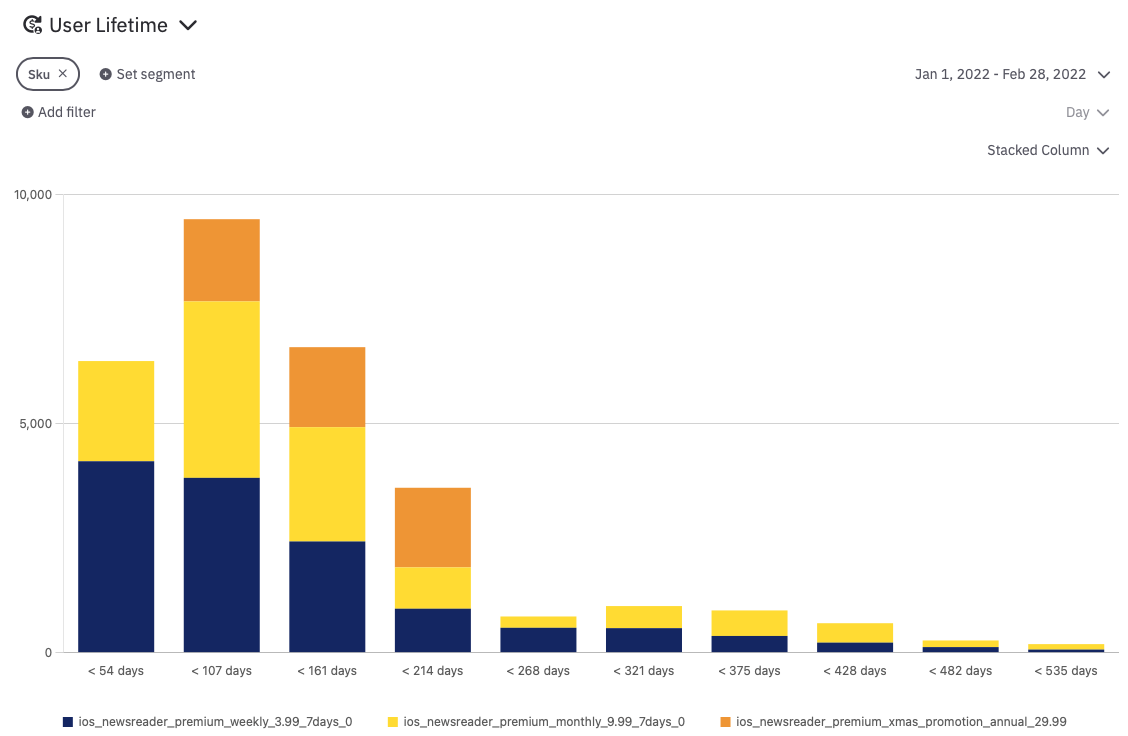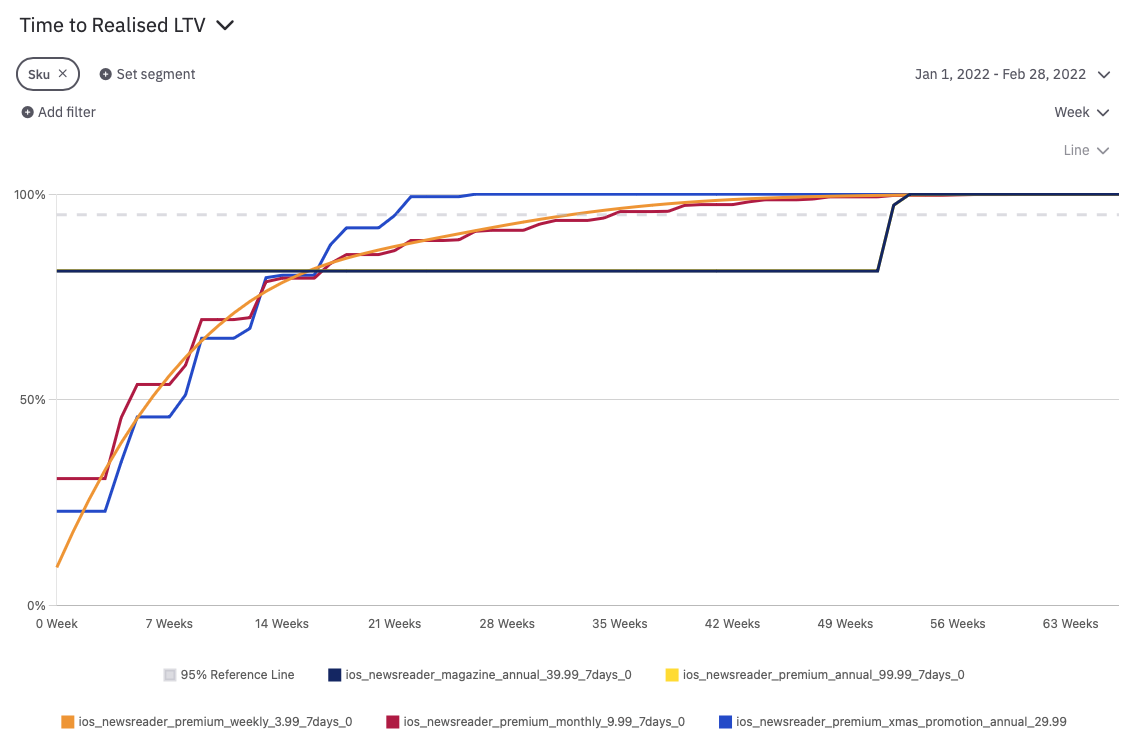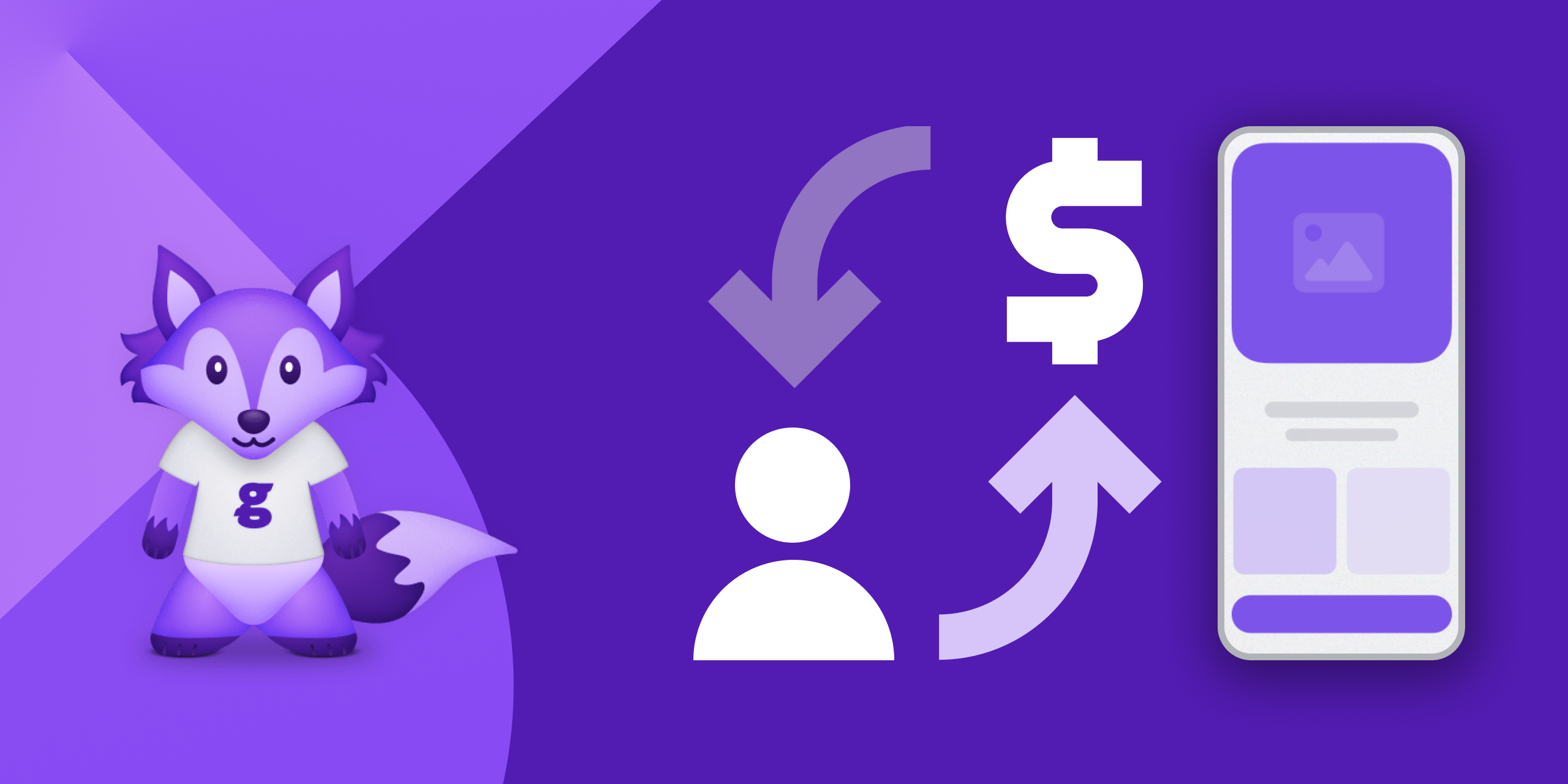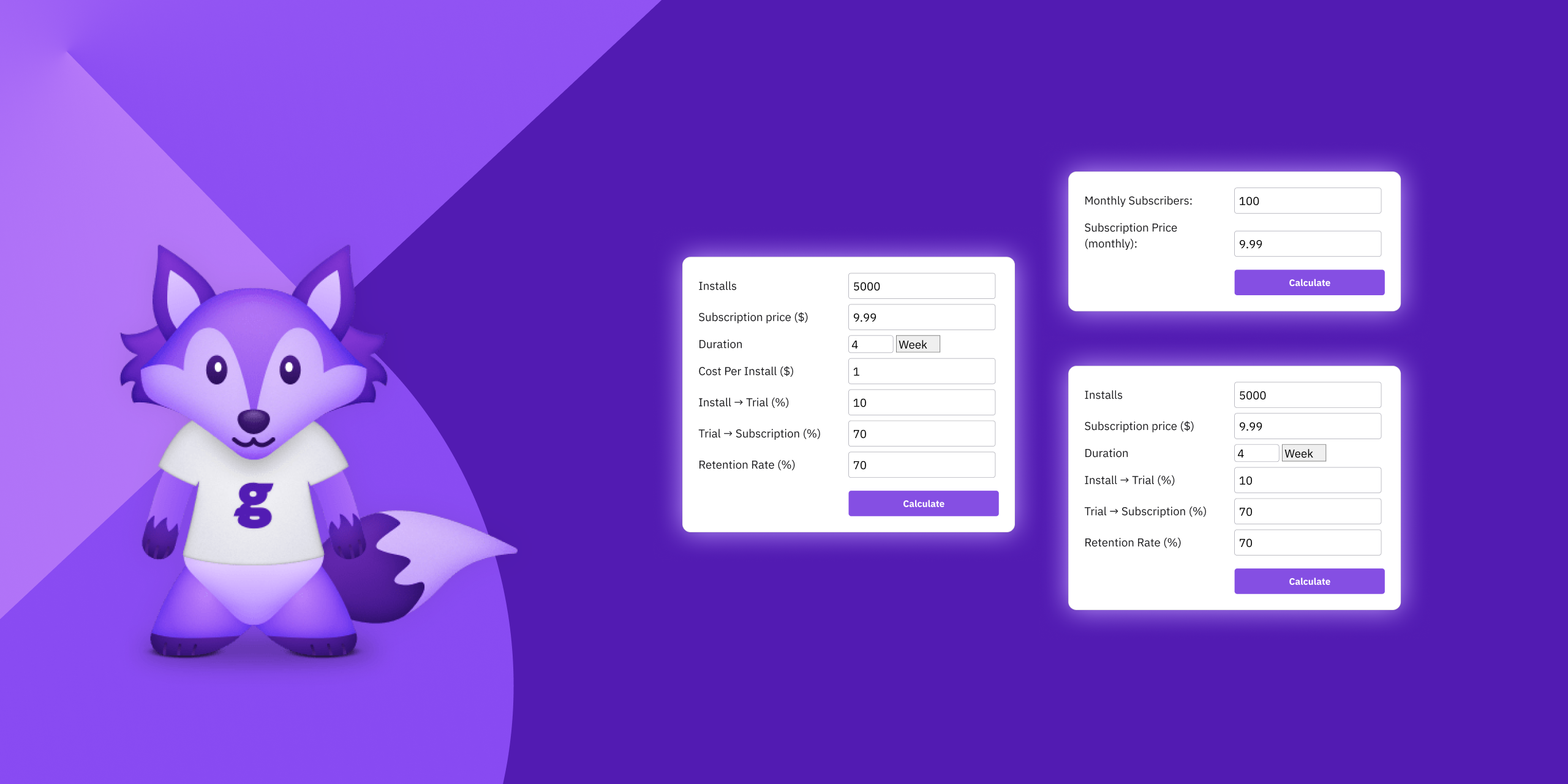Content
New app user health metrics: “Time to Realised LTV (TRV)” and “User Lifetime”

We’re excited to continue this series on newly added metrics to our analytics, if you’re counting this is now our third release in a month. Here are the two newest metrics added to our analytics in Glassfy: Time to Realised LTV (TRV) and User Lifetime. These metrics will provide you valuable insights into the overall performance health of your subscription business, helping you to make better decisions about pricing, marketing, and even product development - but more on that later.
What is Time to Realised LTV?
Time to Realised LTV (TRV) is the average number of days it takes for a user to generate the amount of revenue that is equal to their lifetime. This metric can help you to understand how long it takes for your subscription business to start generating profit.
For example, if the TRV for your business is 12 months, this means that it takes an average of 12 months for a user to generate enough revenue to cover their initial purchase price and all subsequent subscription payments.
What is User Lifetime?
User Lifetime is the total amount of revenue that a user generates over the course of their relationship with your business. This metric can help you to understand the long-term financial value of your customers.
For example, if the LTV for your business is $100, this means that, on average, each customer generates $100 in revenue over the course of their relationship with your business.

Benefits of “Time to Realised LTV” and “User Lifetime”
There are several benefits to tracking Time to Realised LTV and User Lifetime. These metrics can help you to:
- Identify areas where you can improve your customer retention. At the end of the day if your NRR is poor, do you really have a good subscription business? If your TRV is shorter than you would like, this means that you are losing customers before they have had a chance to generate their full lifetime. This could be a sign that you need to improve your customer retention strategies.
- Benchmark your app to others in your category. By tracking your TRV over time, you can see how it compares to other apps overall or even better in your own sub category like Health and Fitness. This can help you to identify areas where your business is performing well and areas where you need to improve.
- Optimise your pricing strategy. By understanding how long it takes for customers to generate their full lifetime, you can set prices that are more likely to lead to customer retention.
- Improve your marketing campaigns. By understanding which marketing channels are most effective at acquiring customers who are likely to generate a high lifetime, you can allocate your marketing budget more effectively.
Bonus, and one that we believe is not spoken of enough, setting realistic expectations for your app. If your TRV is very long, this means that it will take a long time for your business to start generating profit. This is something that you need to be aware of when making financial projections.
Overall, TRV is an important metric that can help you to understand the financial health of your business. By tracking your TRV, you can make better decisions about pricing, marketing, and customer retention.
To learn more about how to track these metrics in Glassfy and more details on the calculation, you can read further in our documentation on TRV and User Lifetime.
Read More




